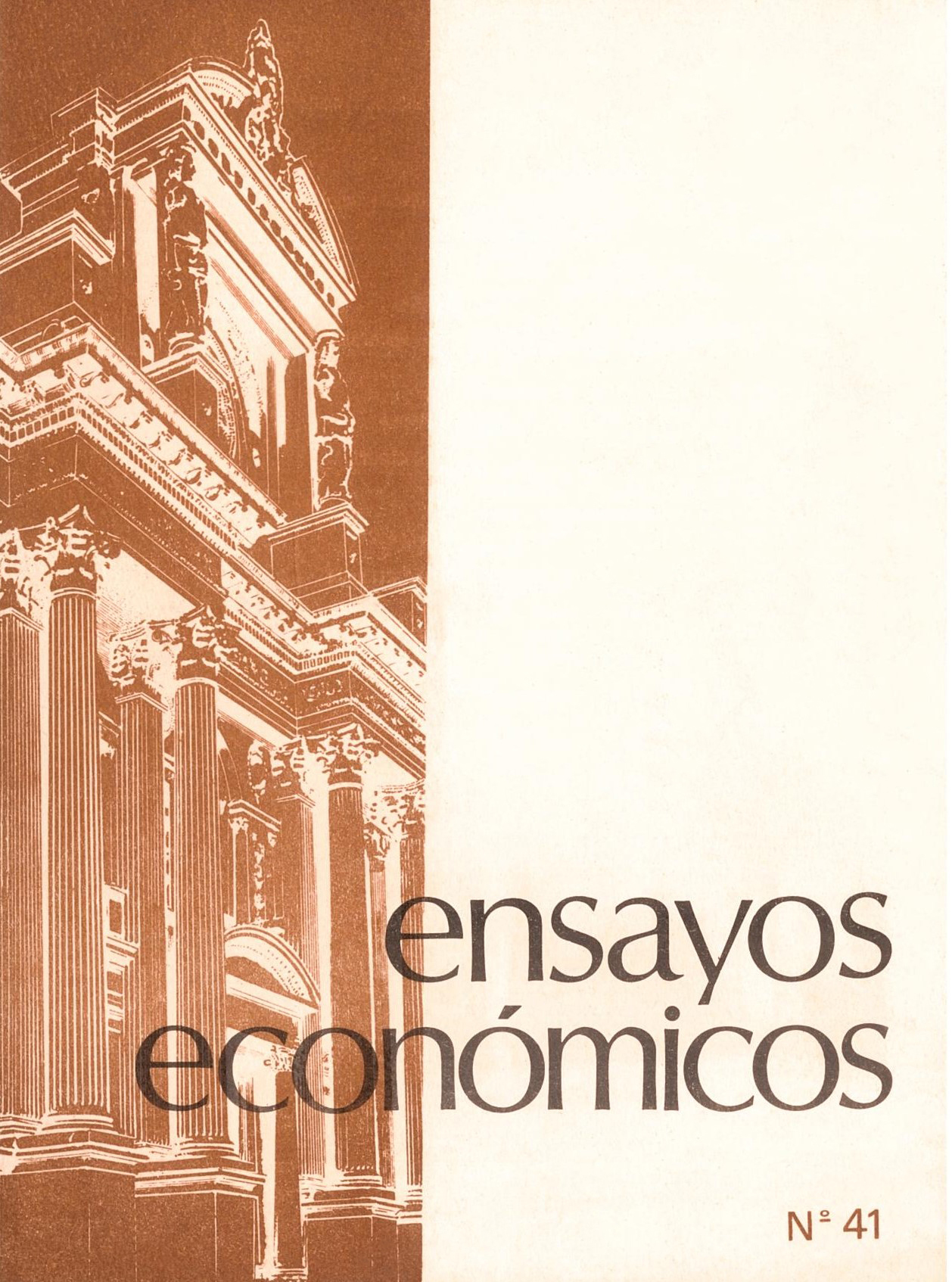A two-sector model for investment in Argentina
Keywords:
Argentina, Investment, Open Economy, Real Exchange Rate, Trade PolicyAbstract
Traditionally, empirical studies of the investment function have been developed in a closed economy context. Despite this, in recent times different studies have analyzed the relationship between the product growth rate and different variables typical of open economies such as the real exchange rate and trade policy. The purpose of this note is to present a model for the investment function where the channels through which exchange and trade policies, together with other traditional variables, affect the demand for capital stock and investment flows can be visualized. The note analyzes the empirical evidence obtained by applying a model for Argentina. In this sense, it is not intended to show definitive results. On the contrary, the idea is to present a work methodology and indicate the lines and interrelationships between the economic variables that explain investment in our country. Our estimates suggest a differential behavior in the tradable and non-tradable goods sectors. Furthermore, the effect that exchange rate and trade policies have on the price of inputs appears to be crucial to explain the investment function.
JEL classification: E22 ; F13 ; F31




